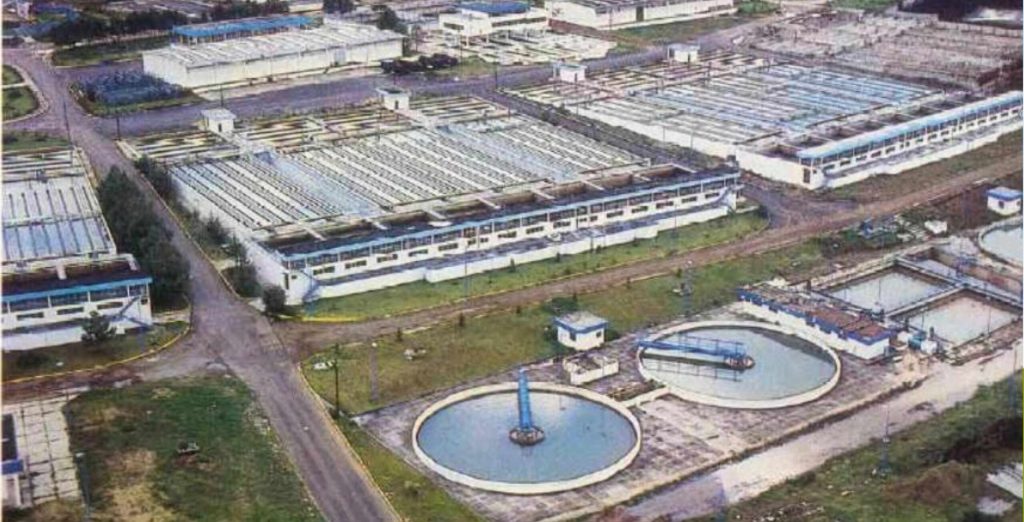MUDE (Desert Museum) to Donate Three Bison to Ecological Reserve in Cuatrociénegas
April 5th 2025 | Grupo Hotelero 1800
Three bison born at the Desert Museum will be relocated to the El Santuario Ecological Reserve, an ecotourism project focused on conservation and the reintroduction of native fauna by the Pro Cuatrociénegas Foundation. The Sanctuary spans 3,700 hectares and, due to its geographical location, is a priority site for ecological restoration of grasslands and the recharge of the Cuatro Ciénegas aquifers.
The bison is the largest terrestrial mammal in North America. Found in the plains of Canada, the United States, and Mexico, it plays a crucial role in the health of grassland ecosystems. Since 2009, Mexican authorities and civil organizations have promoted its preservation through reintroduction projects in various northern Mexican reserves. However, none of these reserves are open to the public, who may wish to appreciate and learn about the importance of these animals in the ecosystem.
The El Santuario Ecological Reserve aims to be the first bison reintroduction initiative in Mexico to offer unique and innovative regenerative tourism experiences.
This Friday, the Pro Cuatrociénegas Foundation visited the Desert Museum, where the first three bison to be relocated to the El Santuario Ecological Reserve are currently housed. Vanguardia spoke with engineer Gerardo Ruiz Smith, Vice President of Pro Cuatrociénegas, who explained that the project aims to reintegrate key species from the Chihuahuan Desert.
“An interesting aspect of this project is that the bison will be naturally contained by the steep mountain formations surrounding the land. The goal is to reintroduce key species from the Chihuahuan Desert ecosystem that are no longer present in the region. The idea behind creating this ‘sanctuary’ is to provide a place where these species can coexist once again in their natural environment, and where people will have the opportunity to learn about the critical ecological role that each species plays.”
He also mentioned that they are in discussions with Rancho El Uno in Janos, Chihuahua, to acquire a larger group of animals to start a complete bison conservation herd. The relocation is expected to take place within the next month, and the plan is to begin offering ecotourism experiences within the reserve later this year.
It’s worth mentioning that these bison were born at the museum, making them easier to manage since they are accustomed to human contact. The Desert Museum has had bison for over nine years. With this relocation, they will retain the original pair of animals, each weighing almost a ton.
The El Santuario Ecological Reserve currently hosts wild populations of black bears, mule deer, desert foxes, peccaries, coyotes, hares, and other animals.
“An important part of this project is the regeneration of grasslands that have been lost due to decades of overgrazing. Bison will play a key role in this strategy through holistic pasture management. By regenerating grasslands, we will also increase the soil’s capacity to infiltrate rainwater, which will directly benefit the Cuatro Ciénegas aquifers that feed the springs and ponds in the valley.”
Finally, he noted that this project aims to be a sustainable model for ecological restoration: “This project is meant to be an example of productive restoration. We aim to show that it is possible to restore an ecosystem, reintroduce key species like the bison, recharge the aquifers, and integrate economically productive activities like ecotourism.”

